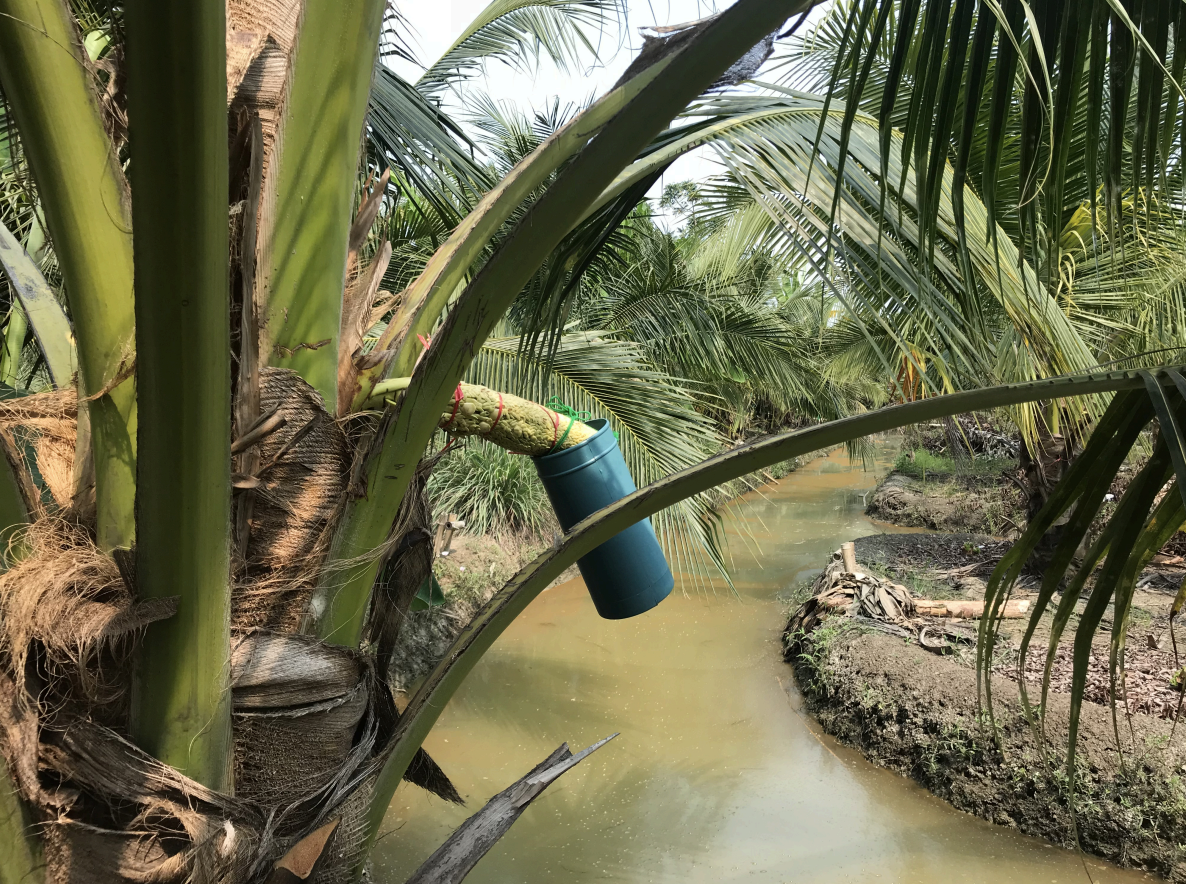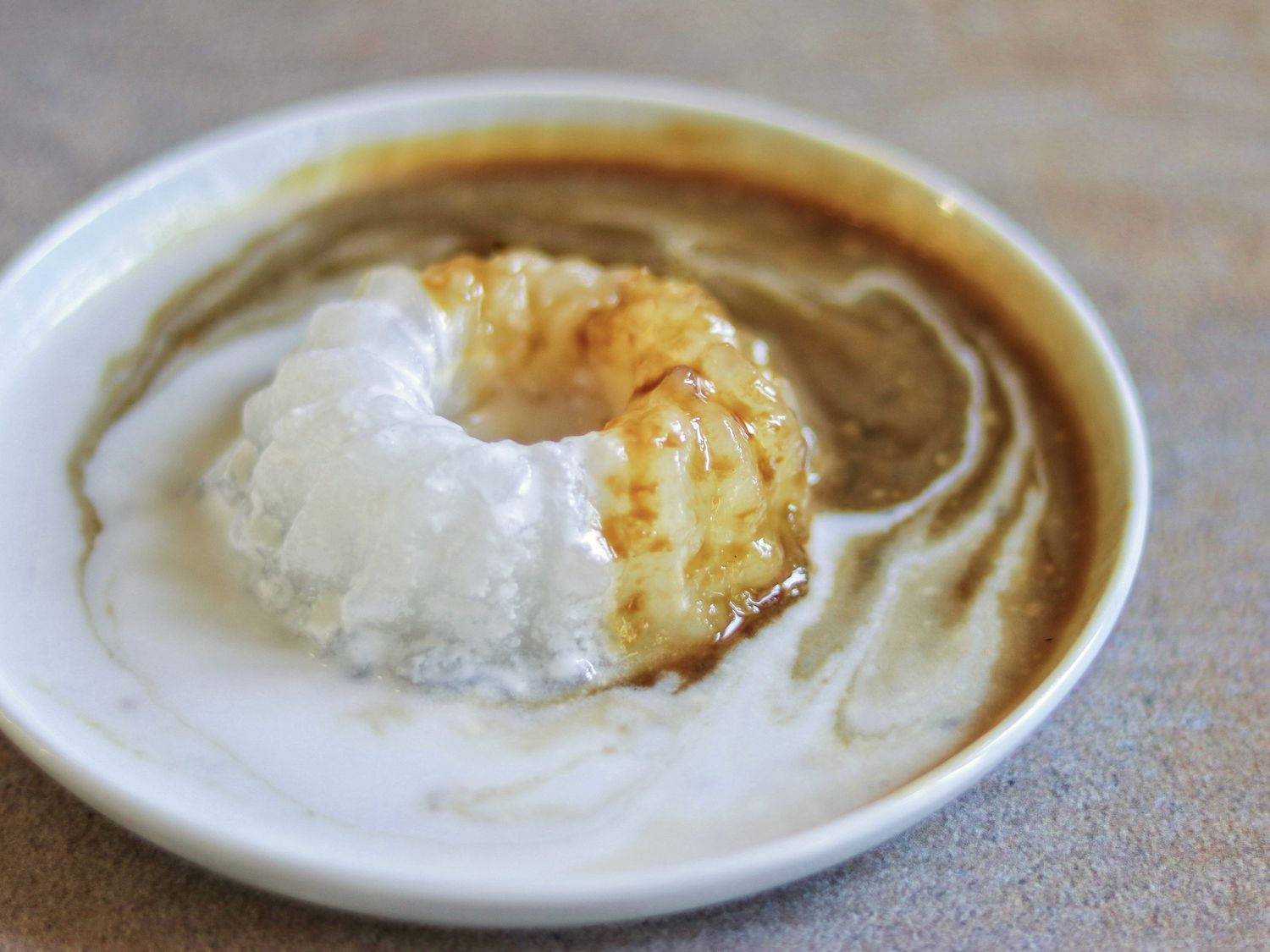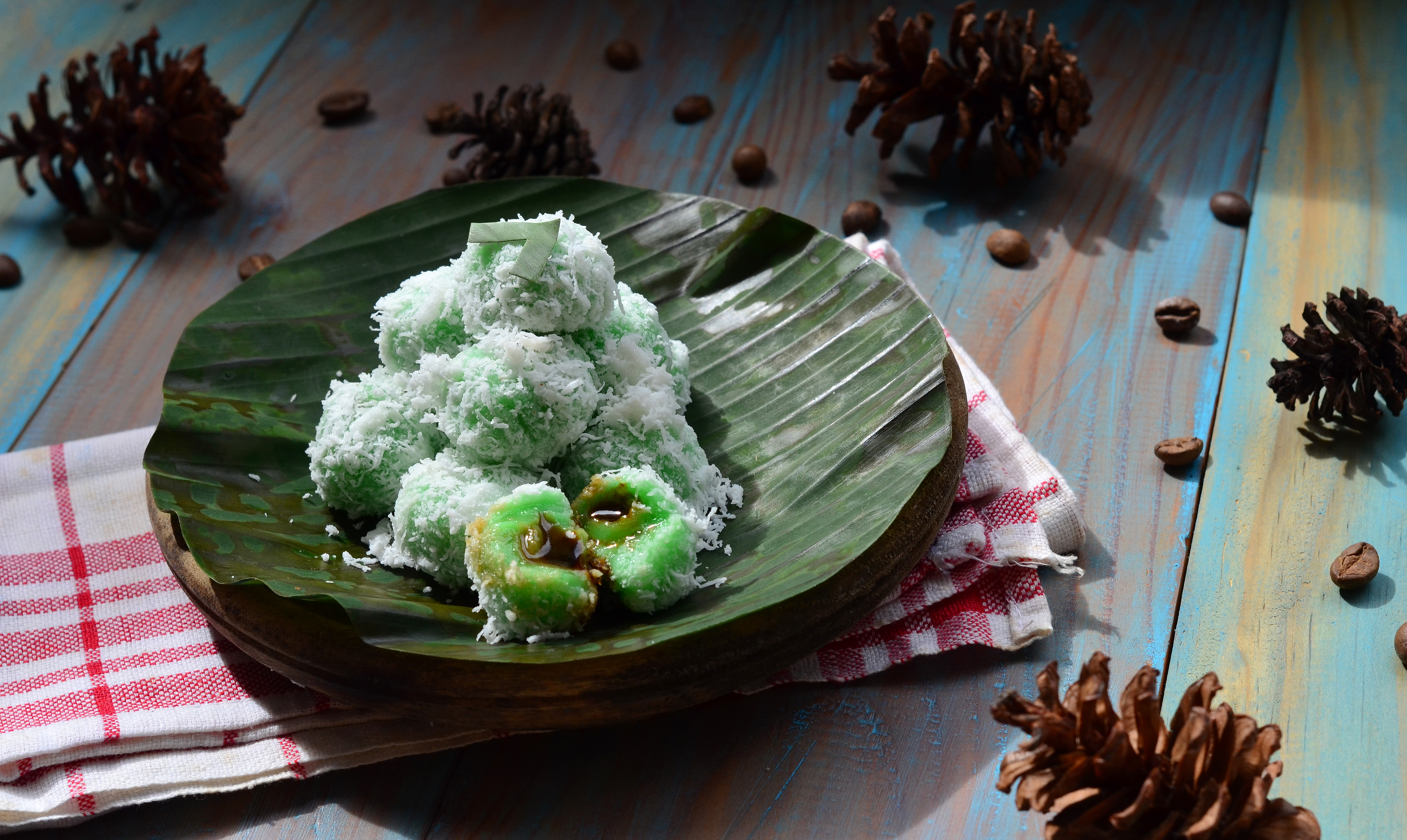Did You Know: Gula Melaka Actually Comes From The Sap Of Coconut Palm Flowers
Love at first sap.
Whether it's sago pudding, cendol, or onde onde, you have to admit — gula Melaka makes everything taste so much yummier.
You might know that it comes from the coconut palm, but can you guess which part exactly?
Before we get to that, let's explain a little bit about gula Melaka for those who may not be familiar with it.
Gula Melaka, also known as palm sugar or coconut palm sugar, originates from Southeast Asia, mainly Malaysia, Indonesia, the Philippines, and Thailand.
Gula means sugar in Bahasa Melayu, while Melaka refers to the state of Malaysia where it is believed to have originated.
While you might know it comes from certain palm trees, such as the coconut palm, gula Melaka actually comes from the sap of the flower bud stem
The process involves extracting the sap and boiling it down to create the rich and flavourful gula Melaka.
Afterward, it's placed in bamboo containers to harden, typically resulting in its distinctive cylindrical shape.
This traditional sweetener is often used in popular local desserts such as sago, cendol, onde onde, and tau fu fah
It's also found in savoury dishes like Malay-style pineapple curry and ayam pongteh, as well as drinks like three-layer tea, or teh tiga lapis.
And in case you're wondering, yes, there are differences between gula Melaka, gula Apong, and gula Jawa
While gula Melaka is found in Malaysia, gula Jawa or Javanese sugar is associated with the island of Java in Indonesia.
It is extracted from the sap of palm trees in Java and has a sweet, rich, caramel flavour similar to gula Melaka. It is most often used in a famous Indonesian dish known as tape ketan.
Gula Apong, which is popular in Sarawak, stands out with its smoky and slightly tangy flavour, distinguishing itself from other palm sugars. It's commonly featured in Sarawakian dishes and desserts.
Even though these three sugars have similarities, you can tell them apart by their source, flavour, and regional uses.





